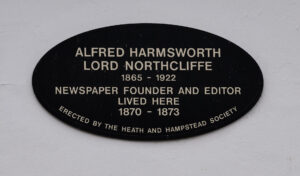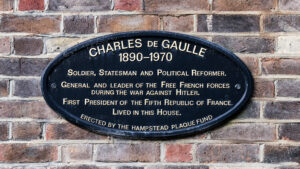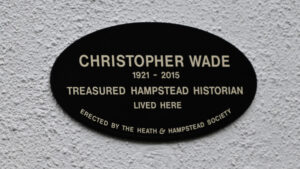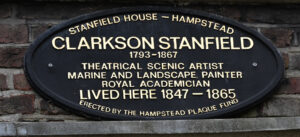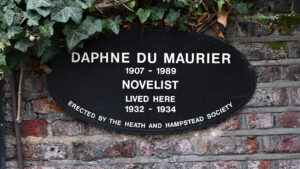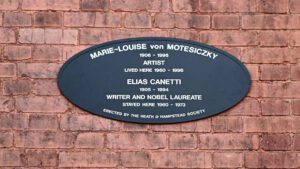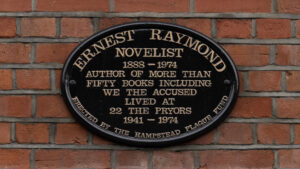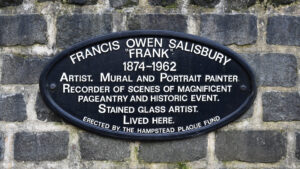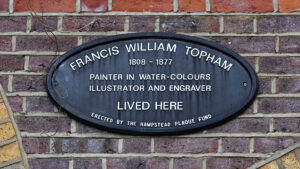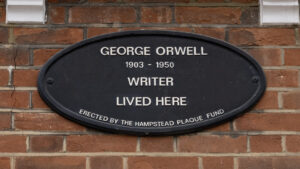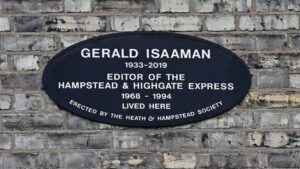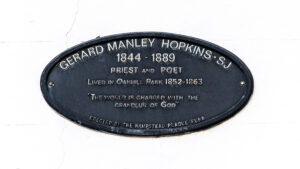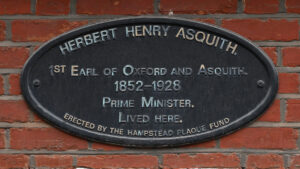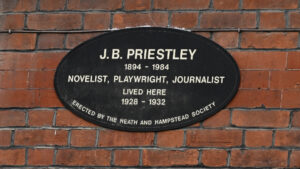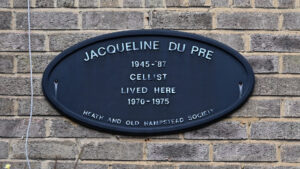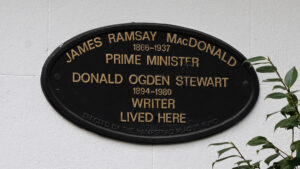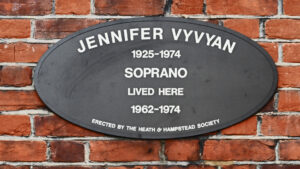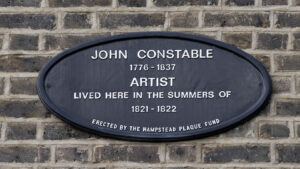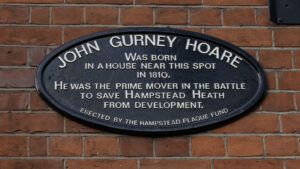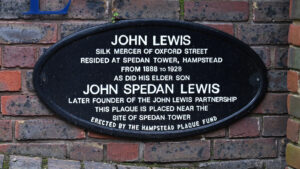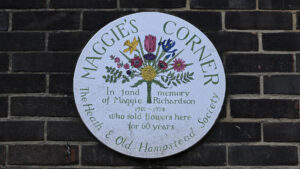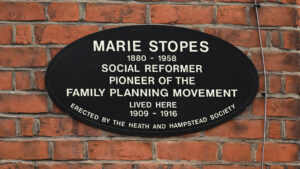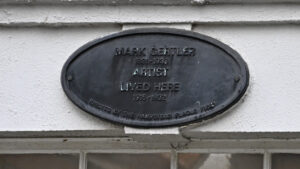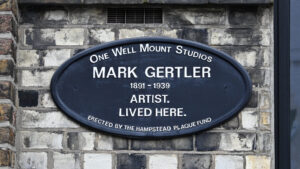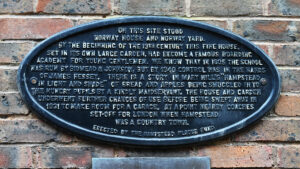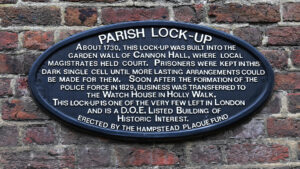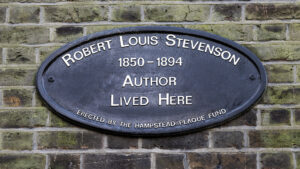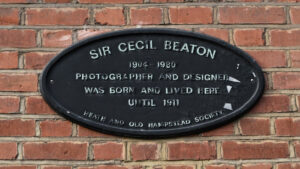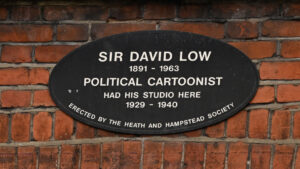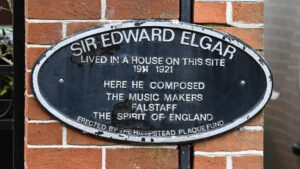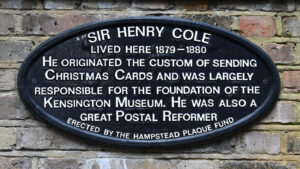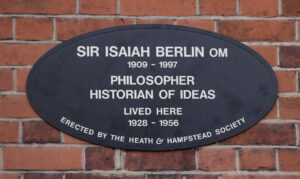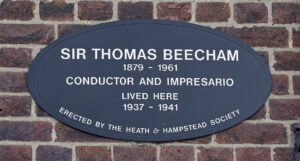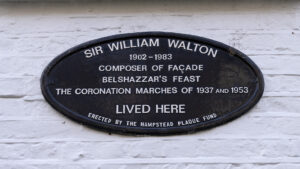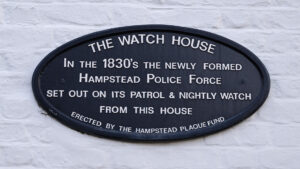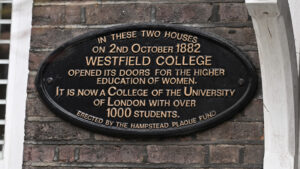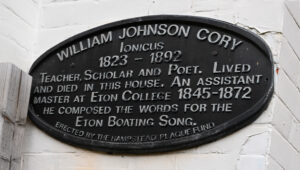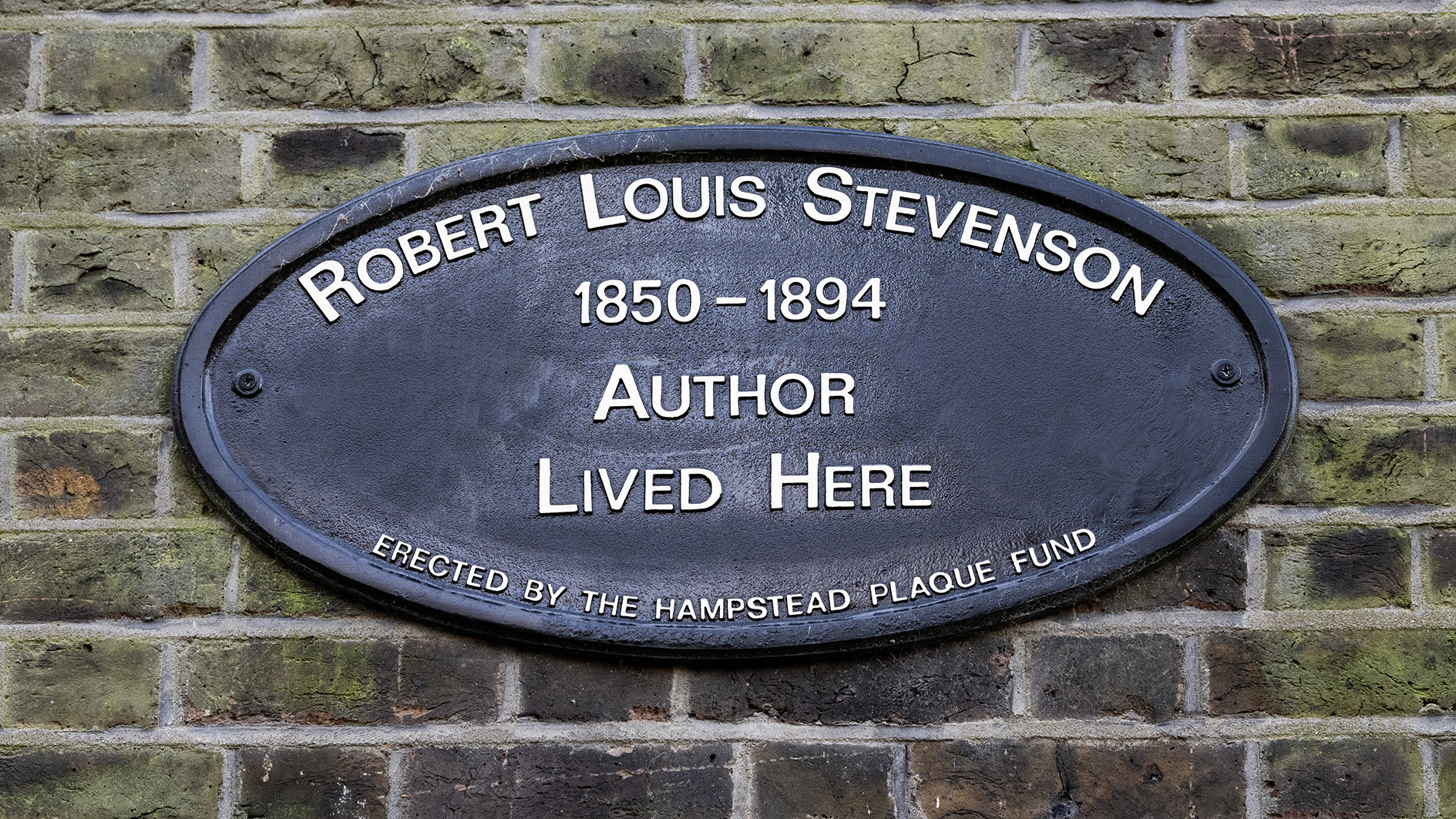
Robert Louis Stevenson, novelist, essayist, poet and travel writer, was born at 8 Howard Place, Edinburgh on November 13 1850. His father, Thomas Stevenson, was one of a long line of distinguished lighthouse engineers that had built all the lighthouses surrounding the Scottish coast.
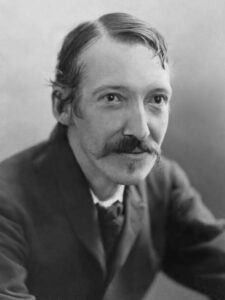 From childhood Robert suffered from ill health, which affected his education. During his frequent absences from school, he was taught by a series of tutors. But despite not being able to read until the age of seven or eight years old, he was a natural storyteller and dictated his imaginary tales to his mother and his nurse. After an improvement in his heath at around the age of thirteen he was sent to a private school and subsequently entered the University of Edinburgh to study engineering.
From childhood Robert suffered from ill health, which affected his education. During his frequent absences from school, he was taught by a series of tutors. But despite not being able to read until the age of seven or eight years old, he was a natural storyteller and dictated his imaginary tales to his mother and his nurse. After an improvement in his heath at around the age of thirteen he was sent to a private school and subsequently entered the University of Edinburgh to study engineering.
Right from the start this subject did not interest him and he gravitated towards the arts. In 1871 he told his father that he wanted to pursue ‘a life of letters’ After this time he continued to distance himself from his upbringing, becoming bohemian in appearance and unconventional in his behavior. He rejected Christianity and declared himself an atheist, an announcement that upset his father greatly.
During a visit to a cousin in England in late 1873 Robert became acquainted with Sidney Colvin a distinguished art and literary critic who later became Robert’s literary adviser. They had been introduced by a mutual friend.
In late 1873 Robert made his first visit to Abernethy House, Hampstead. The listed building entry for Abernethy House states: ‘by 1873 it had become a lodging house when Robert Louis Stevenson paid the first of several visits for his health’. Robert later wrote: I wish someone could explain the climate of Hampstead … it is so quiet, healthful and beautiful’. In the following year, 1874, he returned to Abernethy House between 3th June and 11th July, but this time he shared rooms with his friend, Sidney Colvin. During their stay Robert took full advantage of his friend’s extensive literary connections, meeting, amongst others, Leslie Stephen, man of letters and father of Virginia Woolf. Sidney later wrote of the ‘week or two [Robert] spent with me in Hampstead during which he joined the Savile Club and made some acquaintance with London literary Society. Robert himself noted enthusiastically: ‘To be so near London [one] can go in and dine at the Club in three quarters of an hour or so’.
In later life, Robert’s time was taken up with writing and travelling. On one of his journeys, a canoe voyage in Belgium and France, he met American, Fanny Van de Grift Osbourne who, since separating from her husband, had supported herself by writing short stories for magazines. Fanny and Robert were married in May 1880. She was 40, he 29.
The Stevensons shuttled back and forth between the United Kingdom and the Continent until in 1884 they settled in Bournemouth. By that time Stevenson was largely bedridden although during the three years that they lived there he wrote most of his most popular work, including Treasure Island, The Strange Case of Dr Jekyll and Mr. Hyde, Kidnapped and A Child’s Garden of Verses.
In June 1888 Stevenson chartered a yacht and set sail from San Francisco with his wife and family, meandering through the eastern and central Pacific. Their wanderings finally ended in Samoa, where Robert Louis Stevenson eventually died of a stroke in 1894.
VIEW ON MAIN INTERACTIVE MAP
1
